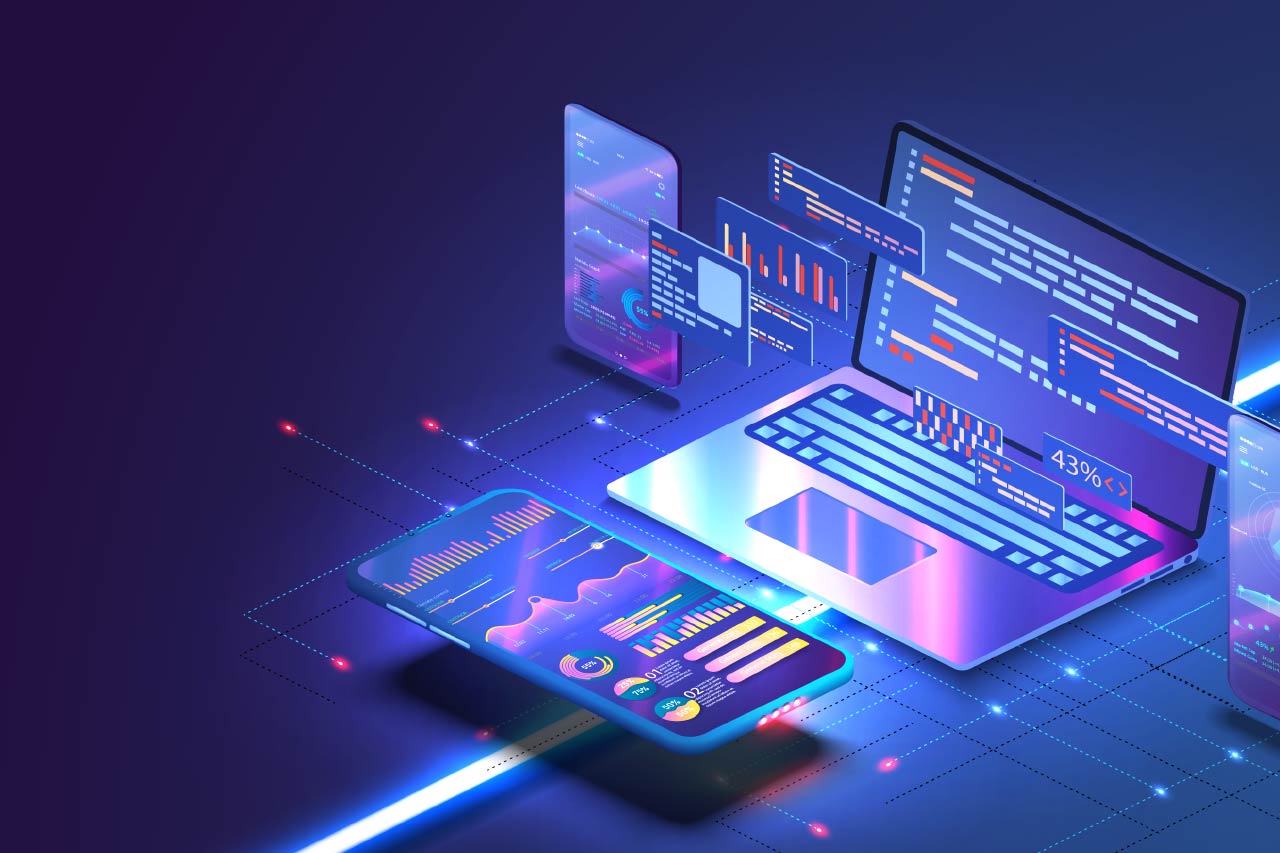Sensor technologies: what are the latest trends and innovations?

In a world of increasing connectivity, the development and application of various types of sensors have been a hot topic over the last 20 years. The market was valued at USD 151 Bn in 2019 and is expected to grow at a CAGR of 6%, mostly driven by iOT applications emerging in a wide range of industries.
Our Top 5 sectors with emerging sensor innovations
While start-ups and academia represent a significant part of the innovation driver, industrial leaders also participate greatly in conceiving new sensor technologies to fit a wide range of industrial reality to ensure each challenge of the sector finds its corresponding solution. Let’s dive into the latest innovations observed in our different sectors ranging from personal care to industry-scale applications.
1. Healthcare: New diagnostics strategies
Heavily impacted by the COVID-19 pandemic, healthcare sector sees new technologies being developed and deployed for diagnostics. One of them is based on an electronic nose technology which replicates the olfactive systems of animals like dogs. Detecting odors associated with specific diseases allows healthcare professionals to quickly identify infected cases. For example, BOYDsense, has developed a technology based on odor analysis in order to monitor glucose concentration for patients already diagnosed with diabetes. The project was launched in 2015 and the product should reach the market in the coming years.
2. Cosmetics: Improving the customer experience
Sensors have been widely developed in the field of cosmetics. Leveraged not only to monitor hair and skin moisture level in order to customize treatments, sensors have also been used to explore consumer’s reaction to different sensorial experience. This new dimension takes into account individuals’ response of different smells, colors or shapes to identify which perfume they feel more confident with. One of the examples on the market is the neuronal interface developed by Guerlain and Capacités presented last year. Here, sensors are used in order to record EM waves emitted by the brain that characterize its state, such as concentration, euphoria or relaxation in response to perfumes.
3. Food: Intelligence for food quality and safety
Sensors in the Food industry can be used in order to monitor the composition and concentration of ingredients in meals. Consequently, it enables the measures of calorie intake or even the detection of the allergens presence. The most popular application remains the evaluation of freshness of the food by detecting bacterial proliferation. Different kind of technologies can be used for this specific application, such as spectroscopy or ethanol detection.
An example with the startup Tellspec which uses extensive machine learning with a miniaturized spectrometer and allows the user to identify nutritional informations of food. A first product was launched in 2016, a more affordable sensor should be developed by TellSpec in the coming year.
4. Industry: The new era of predictive maintenance
Pressure, temperature, strain, corrosion…. The monitoring of all these parameters allows to identify the condition of material. While it is highly useful for infrastructure monitoring (bridge, buildings, tunnels…) this kind of technology can also be used in machines or vehicles for predictive maintenance.
For exemple, Alstom has developed an innovative service launched in 2014: the HealthHub which uses Predictive analysis techniques in order to prevent future maintenance needs. This service is based on a series of data collection solutions that inject information in real time in order to efficiently plan maintenance operations in advance. TrainTracer provides on-board monitoring of the status in real time. TrainScanner monitors three key maintenance consumables (wheels, brake pads and pantograph carbon strips). TrackTracer and CatenaryTracer monitor the condition of the corresponding infrastructure with tools installed on board commercial trains and use predictive analysis techniques that focus on future maintenance needs.
5. Innovation in National Security: the autonomous and intelligent combat
Already widely used in the defense industry, proximity sensors can also be used for the management of fleet. One of the biggest challenges is to develop collective intelligence of various systems and enable collaborative hunting in order to precisely detect, identify and localize potential target, which is key for fast and accurate decision-making.
The Next Generation Weapon System– NGWS program involving Dassault, Safran, MDBA, Thales and Airbus was launched in 2018. This project is related toto the new-generation of fighter jet, its engine, drones, connected collaborative combat, and overall coherence using proximity sensors. The same sensors are used for applications in autonomous vehicles.
However, along with the development of sensor technologies multiplies the number of data sources. The future development of the world of sensors heavily depends on the technical breakthrough in data treatment. Indeed, the compilation of all the collected data calls for new algorithmic solutions to further improve the accuracy, efficiency, response time of sensors and also generate more added value through new insights through data mining.
All these examples are sources of inspiration for tomorrow’s innovations in both sensor and data processing technologies and we are ready to seize these opportunities with you!
About the author:
Thibault, Senior Consultant in Alcimed’s Chemical & Materials team in France
Do you have an exploration project?
Our explorers are ready to discuss it with you